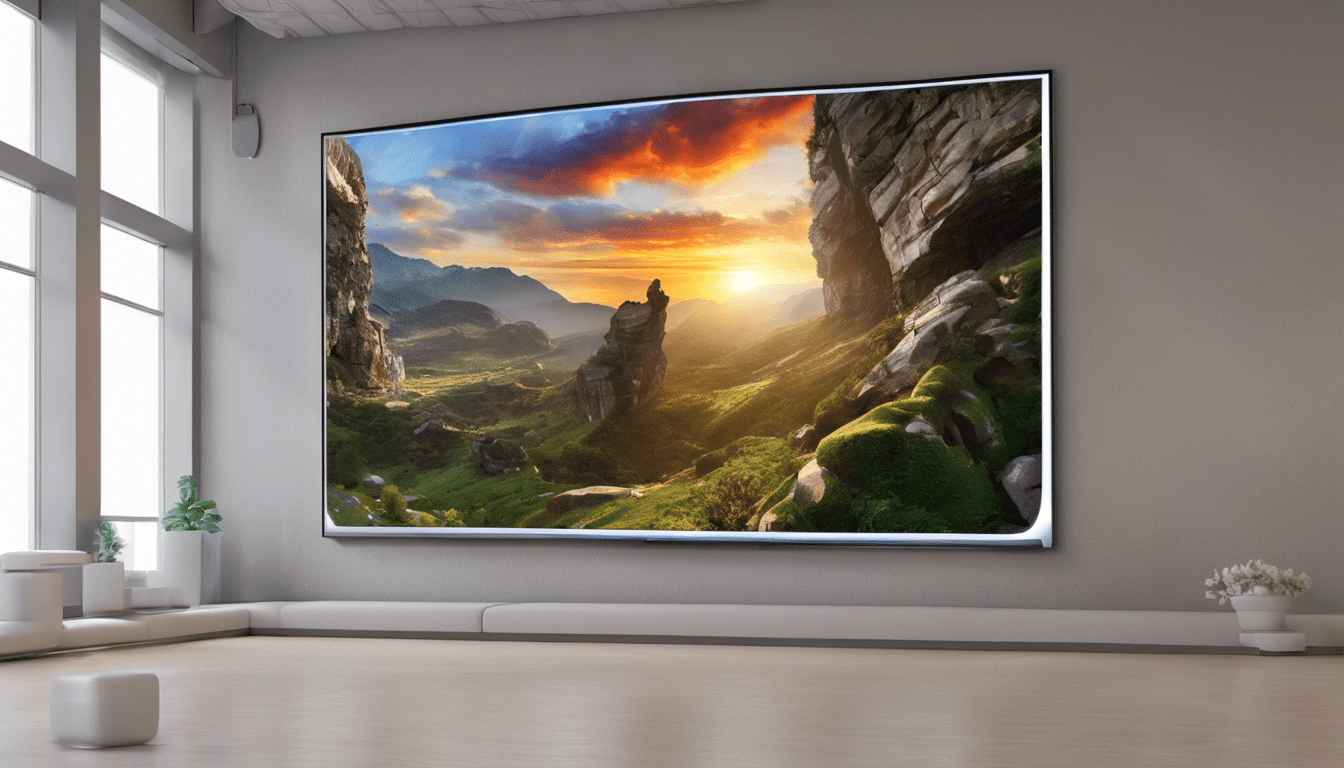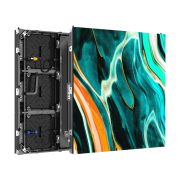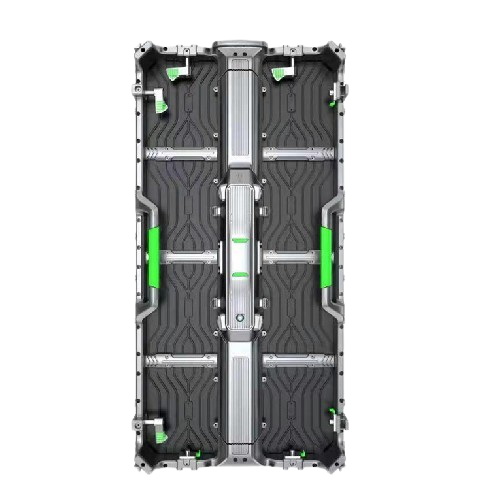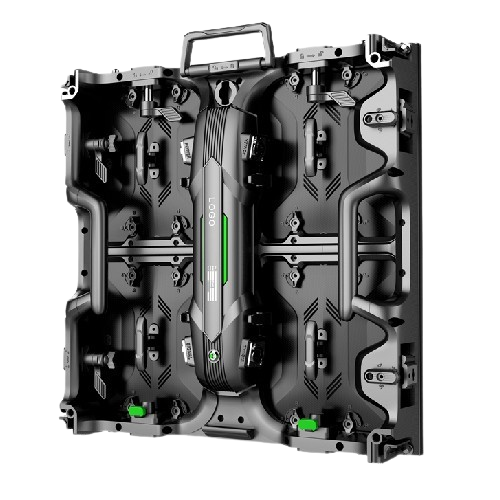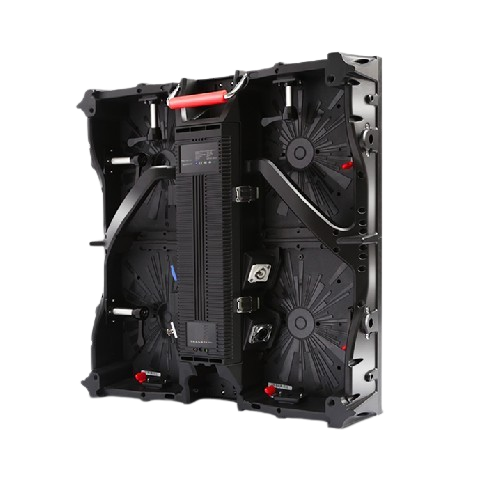Unveiling the World of Digital LED Wall Display Manufacture
The Evolution of LED Wall Displays
Digital technology has revolutionized how we communicate, entertain, and operate in various sectors. One significant advancement in this realm has been the **digital LED wall display**. From humble beginnings as simple display screens, LED wall displays have grown into sophisticated pieces of technology, influencing myriad industries such as advertising, sports, entertainment, and corporate communications.
What are Digital LED Wall Displays?
Digital LED wall displays are large-scale, high-resolution screens that are composed of a series of light-emitting diodes (LEDs). These displays have the unique ability to deliver bright, vibrant, and crisp images even under direct sunlight, making them ideal for both indoor and outdoor settings.
Key Components of Digital LED Wall Displays
Understanding the anatomy of a digital LED wall display helps in appreciating its manufacturing complexity and application.
LED Modules
Each LED module is a small panel containing numerous LEDs arranged in a matrix. These modules are the building blocks of the entire display.
Pixel Pitch
Pixel pitch refers to the distance between the center of one LED cluster (or pixel) to the center of the adjacent cluster. The smaller the pixel pitch, the higher the resolution and clarity of the display.
Driver IC
Driver Integrated Circuits (IC) are crucial as they control the current and voltage supplied to the LEDs. Stable ICs ensure longevity and consistent performance of the display.
Power Supply Units
These units convert electrical power to the appropriate current and voltage levels that the LED modules require.
Control System
The control system is like the brain of the display, processing and managing the data input to display dynamic content effectively.
The Manufacturing Process of Digital LED Wall Displays
Creating a digital LED wall display is a detailed and meticulous task that involves several stages.
1. Design and Planning
Initial Design: The first stage involves creating a comprehensive design that meets client’s specific requirements. These could range from full HD resolution to 4K capabilities, custom sizes, shapes, and applications.
Prototyping: A prototype is often created to address any potential issues before mass production begins. This ensures that all design elements function well together.
2. Component Sourcing
Quality Control: Every component, from LED modules to IC drivers, undergoes rigorous quality checks before assembling.
Supplier Selection: Leading manufacturers often partner with reputable suppliers to guarantee high-quality materials.
3. Assembly
Module Assembly: The assembly line starts by constructing individual LED modules. Workers or automated systems place LED diodes into the circuit boards.
Module Testing: Once assembled, each module undergoes stress tests for durability and functionality.
Display Assembly: These modules are then connected to form the desired size and shape of the wall display.
4. Calibration and Testing
Color Calibration: Ensuring uniform color representation across the entire display is essential for providing a seamless viewing experience.
Heat Testing: Displays are tested for thermal management to ensure they can operate under high temperatures without performance degradation.
Final Testing: Comprehensive tests on the entire display check for any pixel errors, flickering, or overall display issues.
Industry Applications of Digital LED Wall Displays
Digital LED wall displays find applications across various sectors:
Advertising and Retail
Billboards: High-visibility outdoor LED billboards captivate traffic and footfall in bustling areas.
Storefront Displays: Interactive and vibrant displays attract potential customers and provide real-time information.
Sports and Entertainment
Stadium Screens: Live action replays, scores, and advertisements are hosted on massive LED displays.
Concerts and Events: LED walls enhance the visual experience with dynamic and synchronized content.
Corporate Communications
Conference Rooms: Professional settings benefit from clear and high-resolution displays for presentations and video conferencing.
Command Centers: Critical information is displayed in real-time for monitoring purposes.
Future Trends in Digital LED Wall Display Manufacturing
The future looks promising with several advancements and trends emerging in the LED wall display industry.
Micro-LED Technology
Micro-LEDs, significantly smaller than standard LEDs, promise even higher resolutions and richer color palettes, driving the market towards ultra-fine pitch applications.
Flexible and Curved Displays
Flexible LED panels are being developed that can bend and adapt to various forms, opening up new possibilities for creative designs.
Improved Energy Efficiency
Manufacturers are focusing on making LED displays more energy-efficient without compromising brightness and color quality, a crucial consideration for long-term operational costs and environmental impact.
Smart Displays
Integration with IoT (Internet of Things) and AI (Artificial Intelligence) is on the horizon, enabling smarter, more interactive displays that offer personalized experiences.
Choosing the Right Digital LED Wall Display Manufacturer
Selecting the right manufacturer can make a significant difference in the quality and longevity of your display. Here are essential factors to consider:
Reputation and Experience
Always opt for a manufacturer with a proven track record and ample experience in producing high-quality digital LED wall displays.
Technology and Innovation
A good manufacturer should be at the forefront of technology, continually improving their products through innovation and the latest technological advancements.
Customization Options
Customization is critical to ensure that the LED display meets your specific requirements. The manufacturer should be willing to adapt to your needs.
Quality Assurance
Rigorous quality checks at every stage of production are essential. Ensure the manufacturer implements stringent QA processes.
Customer Support
Reliable customer support can help resolve any issues that may arise post-installation, making sure you get the most out of your investment.

